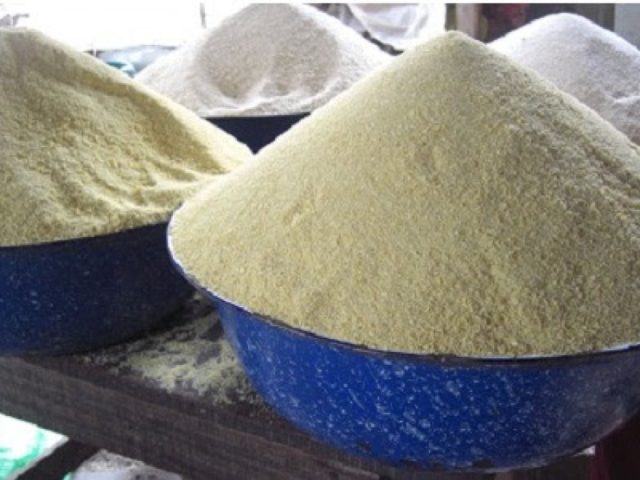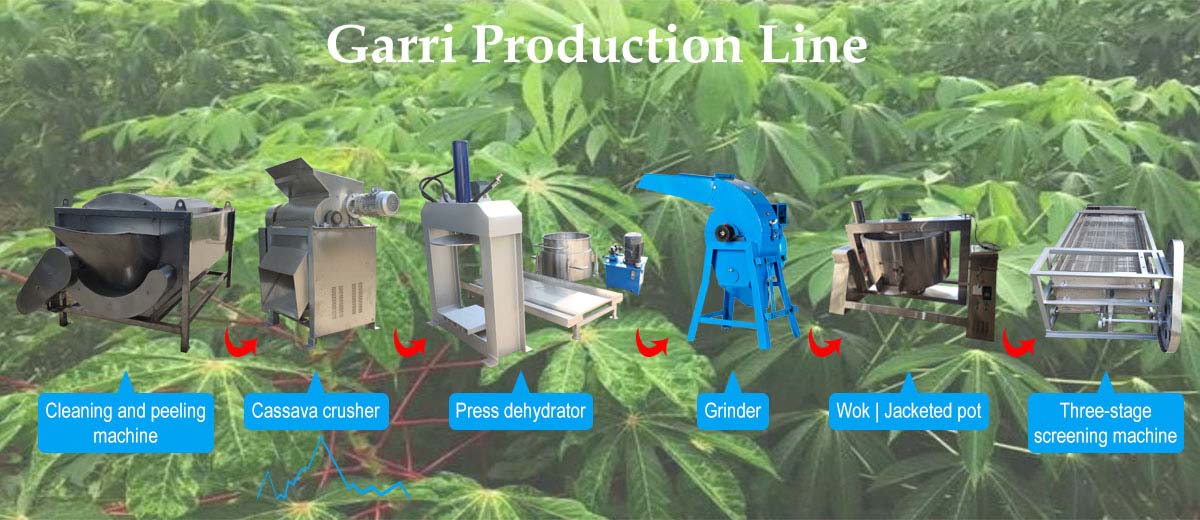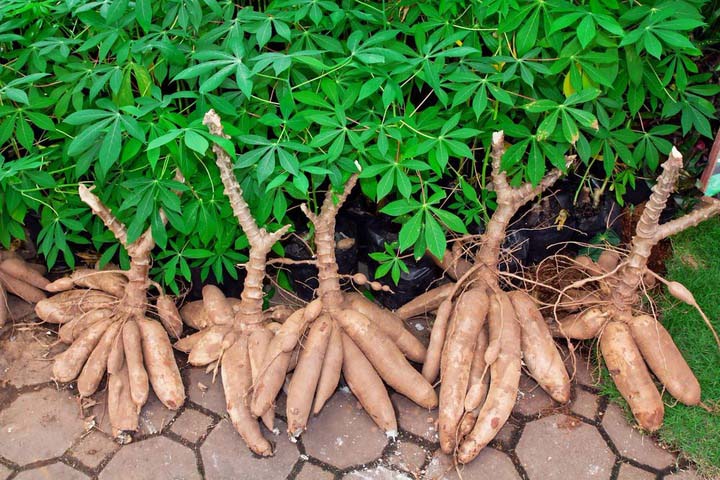キャッサバ加工産業は、キャッサバ栽培産業、でんぷん産業、アルコール加工産業など幅広い産業をカバーしています。国民経済、国民生活、国民生活に関わる様々な分野において、現実市場と潜在市場は巨大です。そして、それは非常に幅広い発展の見通しを持っています。
キャッサバ作付産業の現状:
現在、約 70 か国でキャッサバが栽培されています。統計によると、世界のキャッサバ作付面積は約 1,658 万ヘクタール、生ジャガイモの総生産量は約 1 億 6,600 万トン、生ジャガイモの平均収量は 10.14 トン/ha です。世界最大のキャッサバ作付面積を持つ国はナイジェリアで、その面積は 350 万ヘクタールです。コンゴ(DRC)、ブラジル、インドネシア、タイと続く。中国のキャッサバ作付面積は、世界の総作付面積の約 1.5% を占めています。

現在、キャッサバは主にデンプン、加工デンプン、アルコールの製造に使用されています。今日は主にガリ粉末の生産と加工の見通しについて説明します。
ガリ生産ラインの主なワークフローには、洗浄と皮むき – 粉砕 – 圧搾脱水 – 発酵 – 粉砕 – 炒め – ふるい – 再粉砕が含まれます。

洗浄と皮むきは、主に堆積物とキャッサバの表皮を除去するために使用されます。研究によると、キャッサバの表皮には青酸の含有量が最も多く、青酸は細胞の窒息や死を引き起こす可能性があり、人体に極めて深刻なダメージを与える可能性があります。そのため、キャッサバの皮を完全に取り除く必要があり、この機械の剥離率は98%にも達します。
発酵は主に酸の味を生み出しますが、発酵の過程で活性菌が大量に生成され、タンパク質やアミノ酸などが人体に吸収されやすくなり、免疫力の向上に大きなメリットがあります。そして病気を予防すること。

キャッサバ加工技術の現在の開発傾向は次のとおりです。
- 高収量、高デンプン品種の育種に注目してください。
- 広範囲な管理から集中的な管理へ。


